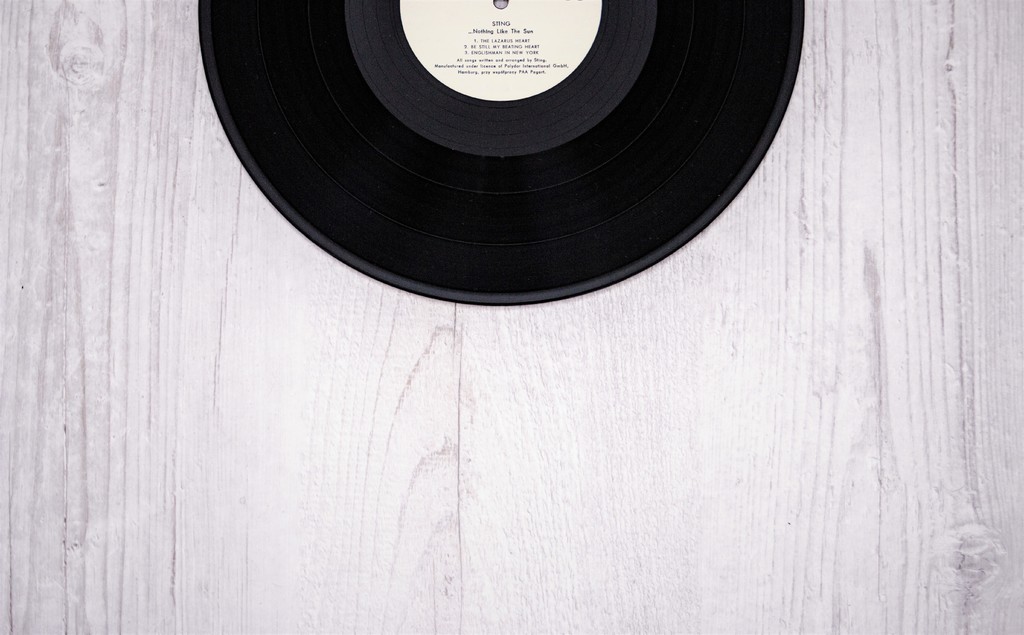Everything You Need To Know About Vinyl Flooring And Tiles
LVT flooring is an artificial, petroleum-based product, containing a certain amount of polyvinyl chloride or PVC. There are three types of tiles – solid, printed, and vinyl composite tiles (VCT). The quality of the product is determined by many different factors. Printed tiles must have a thick and durable wear layer, while solid and VCT depend on the amount of PVC involved in their making. Fine vinyl flooring can last up to twenty-five years if maintained properly. They are a great option for DIY projects while being affordable, durable, and easy to maintain. Vinyl tiles can be laid with a single colour or mixed, to create a unique pattern. They can imitate the look of both wood and stone, and their greatest advantage compared to most other flooring types, is the fact that they are completely waterproof. This makes them one of the most popular choices for bathrooms.
Types of Vinyl Tiles
 The tiles consist of four layers. Urethane-based wear layer protecting from scratching, a protective film preventing ripping and tearing, a printed image layer that should resemble certain natural material, and a base or backing that is adding stability and strength.
The tiles consist of four layers. Urethane-based wear layer protecting from scratching, a protective film preventing ripping and tearing, a printed image layer that should resemble certain natural material, and a base or backing that is adding stability and strength.
Solid tiles
Created by shaping vinyl resins into a tile. The colours used to paint the tile completely soak into it, from top to bottom. This means that any wear damage, or fading, will be much less noticeable since the colour is homogenous. Solid tiles are also arguably the most natural-looking kind of vinyl because their patterns and colour variations are completely random. It certainly helps to make them look less like a manufactured product.
Printed Vinyl Tiles
The tiles consist of four layers. Urethane or poly-vinyl chloride wear layer protecting from scratching, a film preventing ripping and tearing, a printed image layer imitating the look of natural materials such as wood, stone or marble, and a base or backing for added stability and strength.
The image layer allows a lot of freedom when it comes to customisation and you can always get creative with it. The only limit is your imagination. Tiles are also easy to clean and maintain, as long as the top coating holds.
The wear layer is the most important part of any printed tile and because of this, its quality is measured in grades. Naturally, the thicker - the better. Grade 1 is the toughest one available, followed by 2 for medium traffic areas, and 3 for low traffic.
If you are to choose between polyvinyl chloride and urethane top layer, pick the second option. It will simply offer more. Unfortunately, once that protection wears down, the tile will become unusable as well. This is enough to make printed vinyl tiles as a whole, a bad long-term solution compared to the alternatives.
Vinyl Composite Tile
Created by mixing mineral dust filler with vinyl resin. They are resilient, hard to wear and durable. Life expectancy is no less than fifteen years. Before installing VCT, you must be sure the subfloor is completely smooth or you risk uneven surface. It is a recyclable product but difficult to remove once you decide you no longer need it. Like most other vinyl floors, sunlight will lead to fading and this particular type is vulnerable to extreme temperatures. Very cold conditions can make it brittle which limits its use.